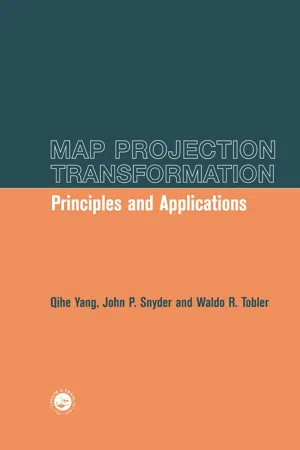
Map Projection Transformation
Principles and Applications
- 384 pages
- English
- ePUB (mobile friendly)
- Available on iOS & Android
About This Book
With the advance of science and technology, there have been breakthroughs in the field of classical research and methods of map projection. Among these, computer science and space science have had the greater influence upon the field of research and the formation of a working body of map projection, developing them in breadth and depth.
This book reflects several aspects of the development of modern mathematical cartography, especially the theory and methods of map projection transformation. Map projection transformation is an area of research in mathematical cartography newly developed over the last 25 years. It is widely used in surveying and computer-assisted cartography, data processing for information systems, and the transformation of data from space, remote sensing, and other space sciences. The development of map projection transformation not only expands new areas of research on mathematical cartography, but it also further develops the applied area with the creation and application of map projection transformation software and mapping mathematics bases on the computer.
Frequently asked questions
Information
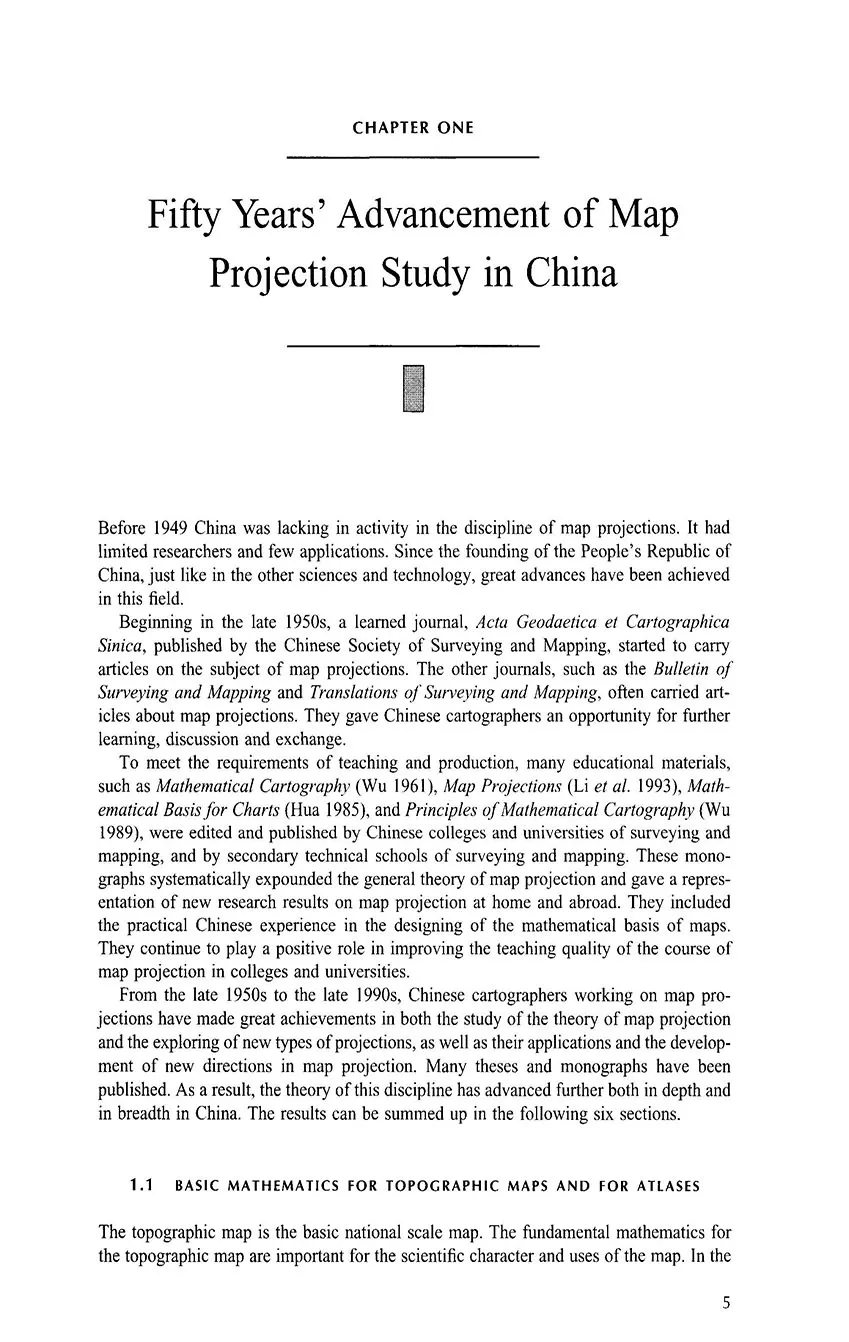
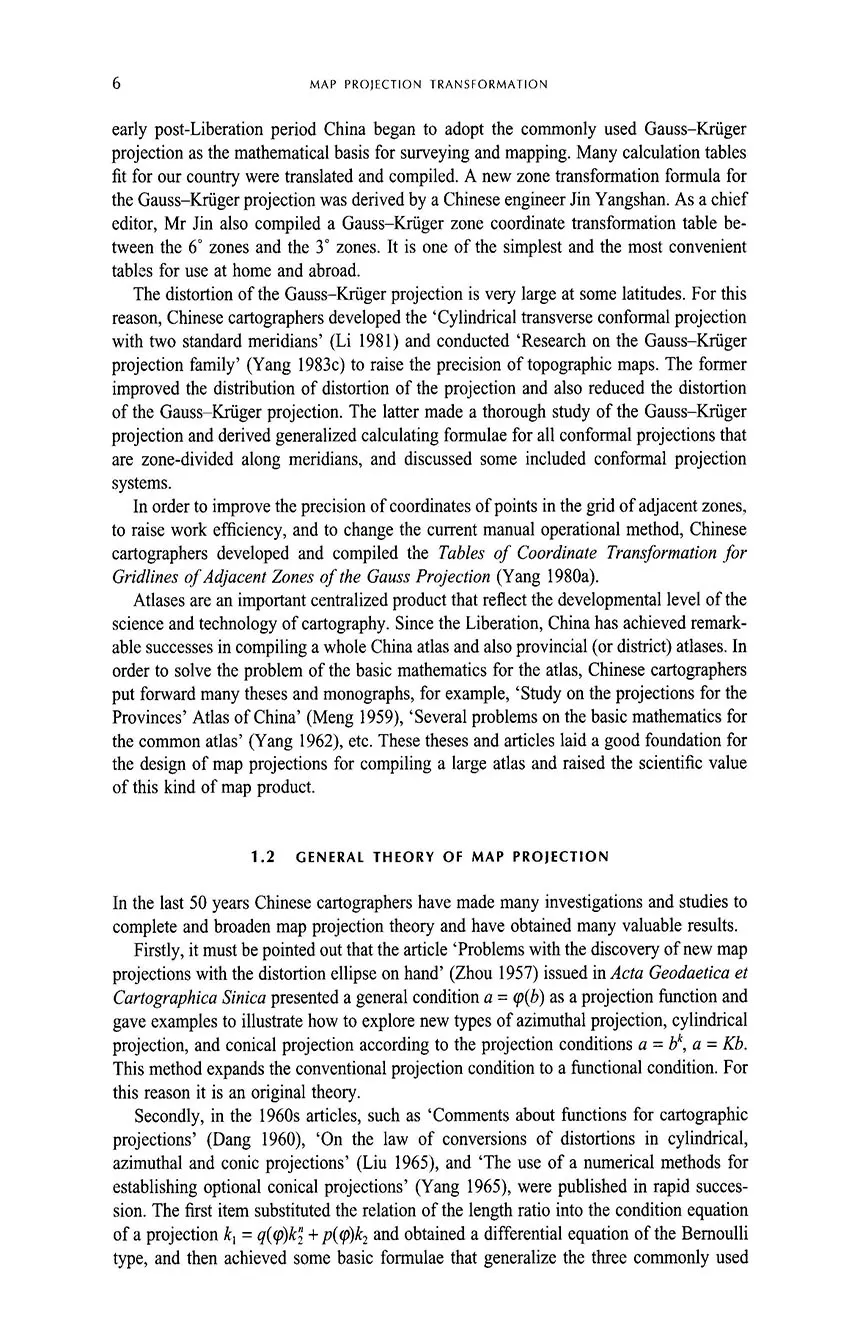

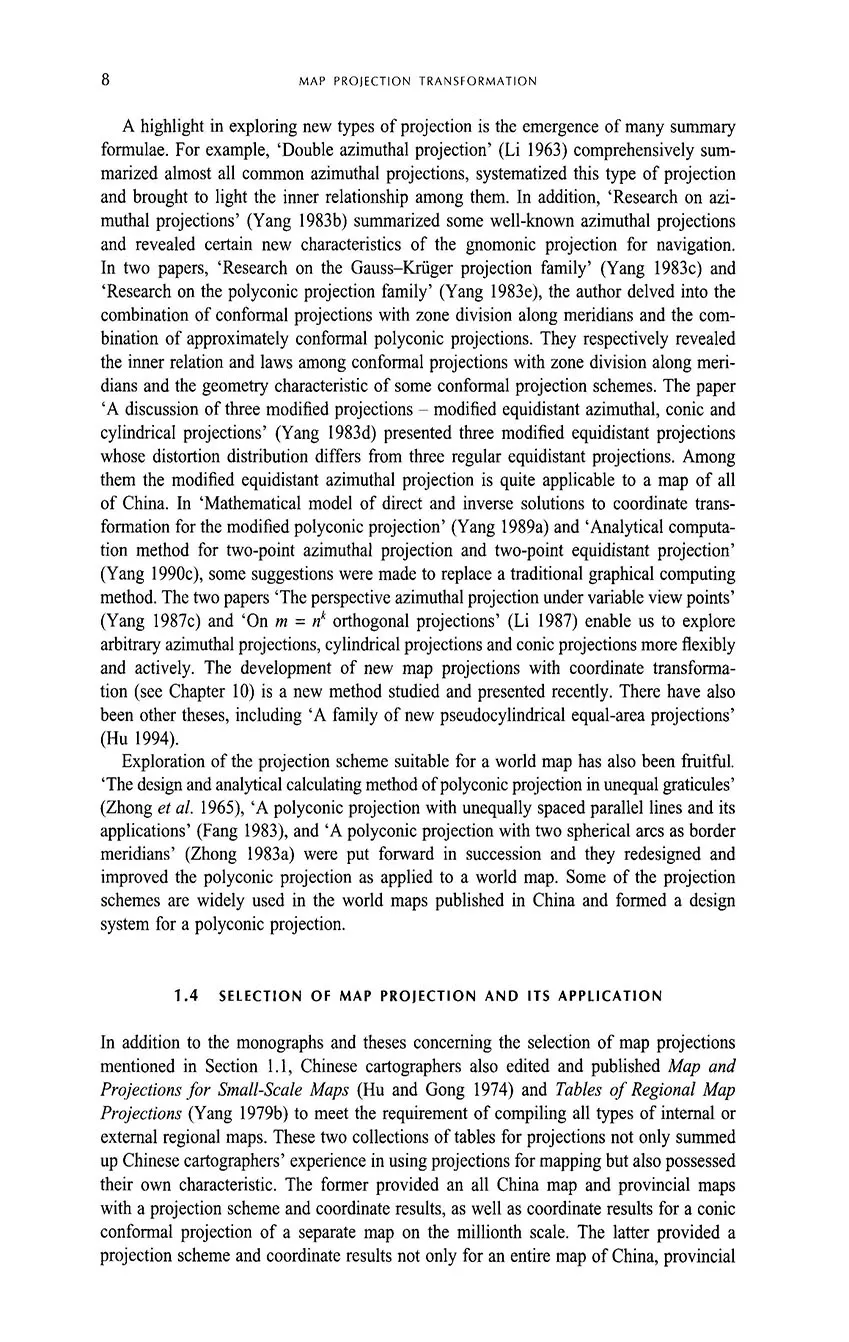

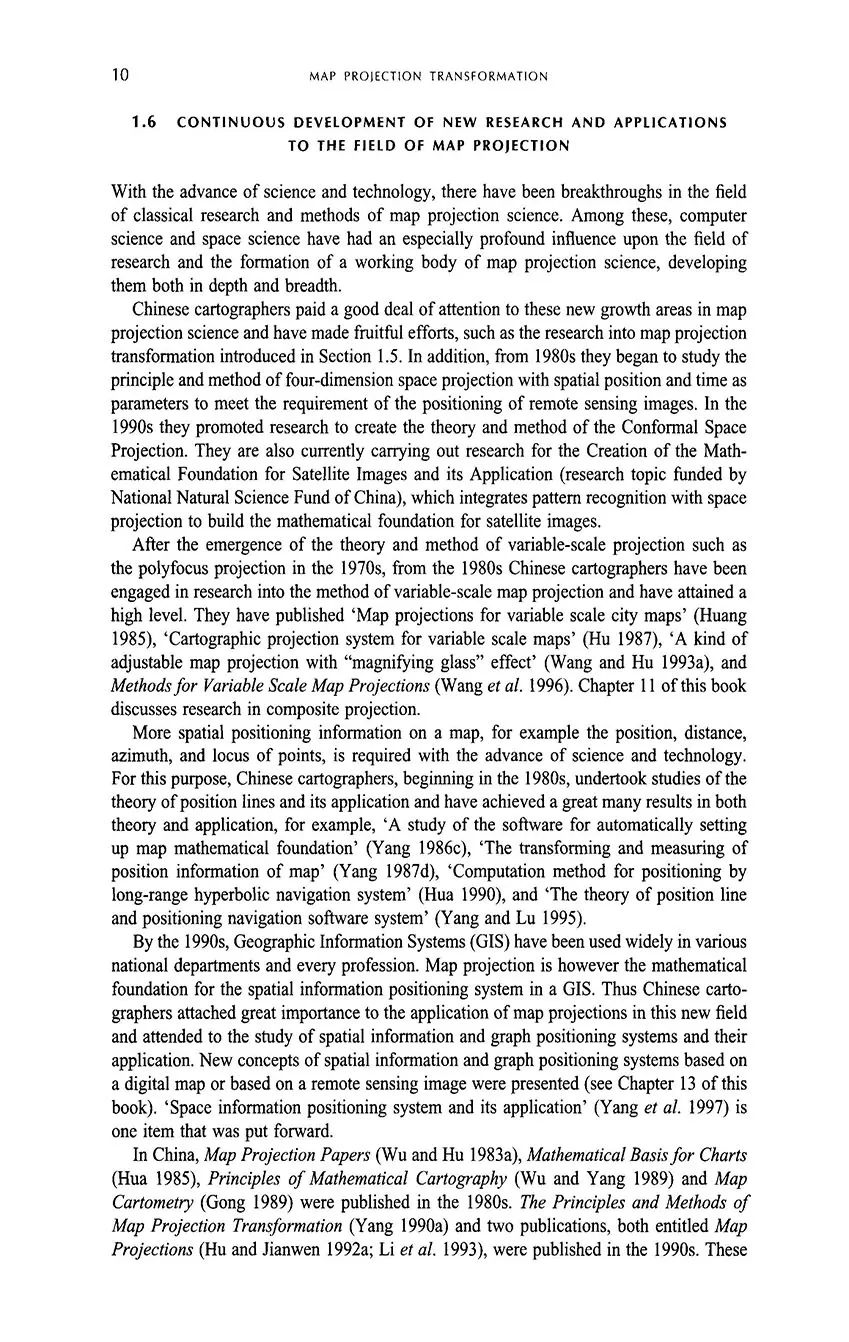


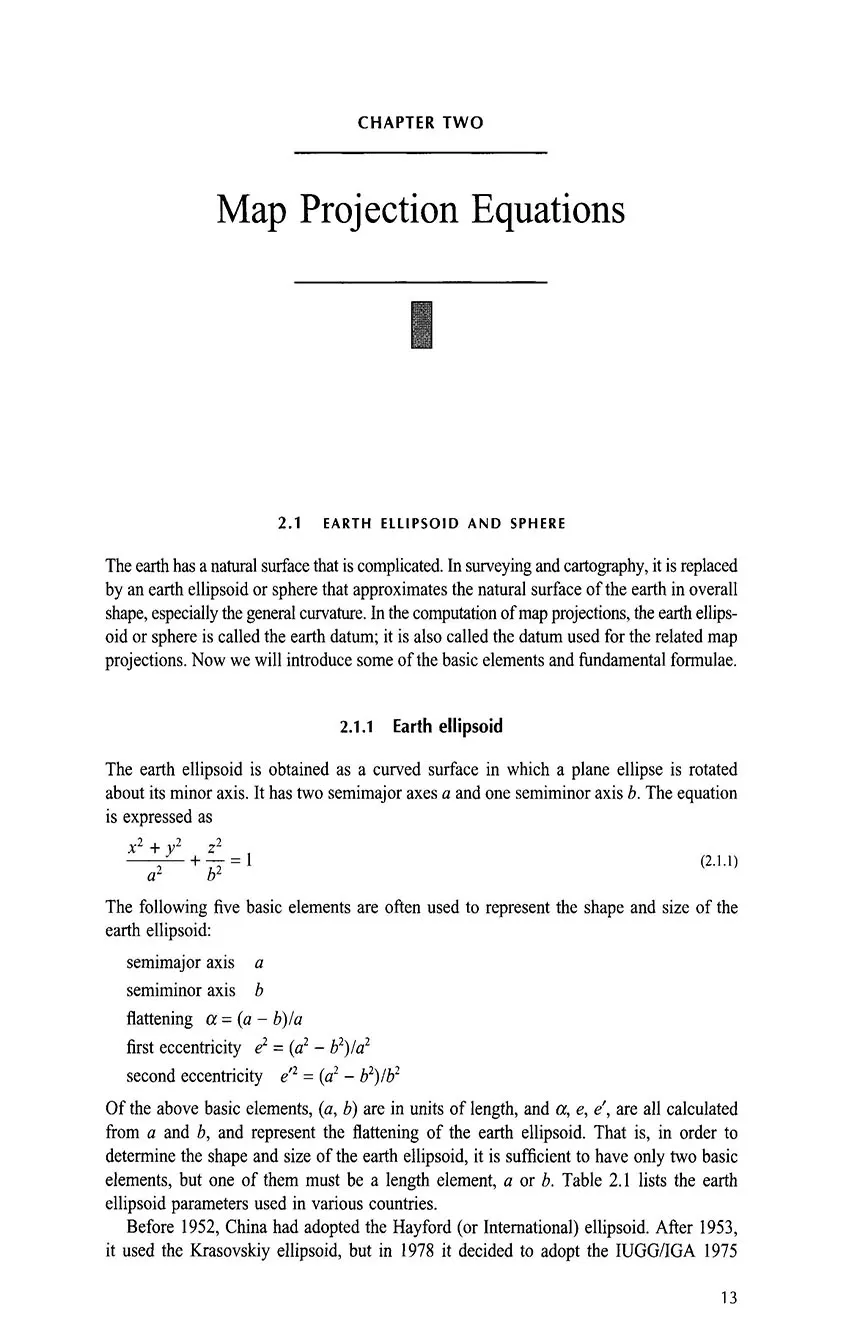
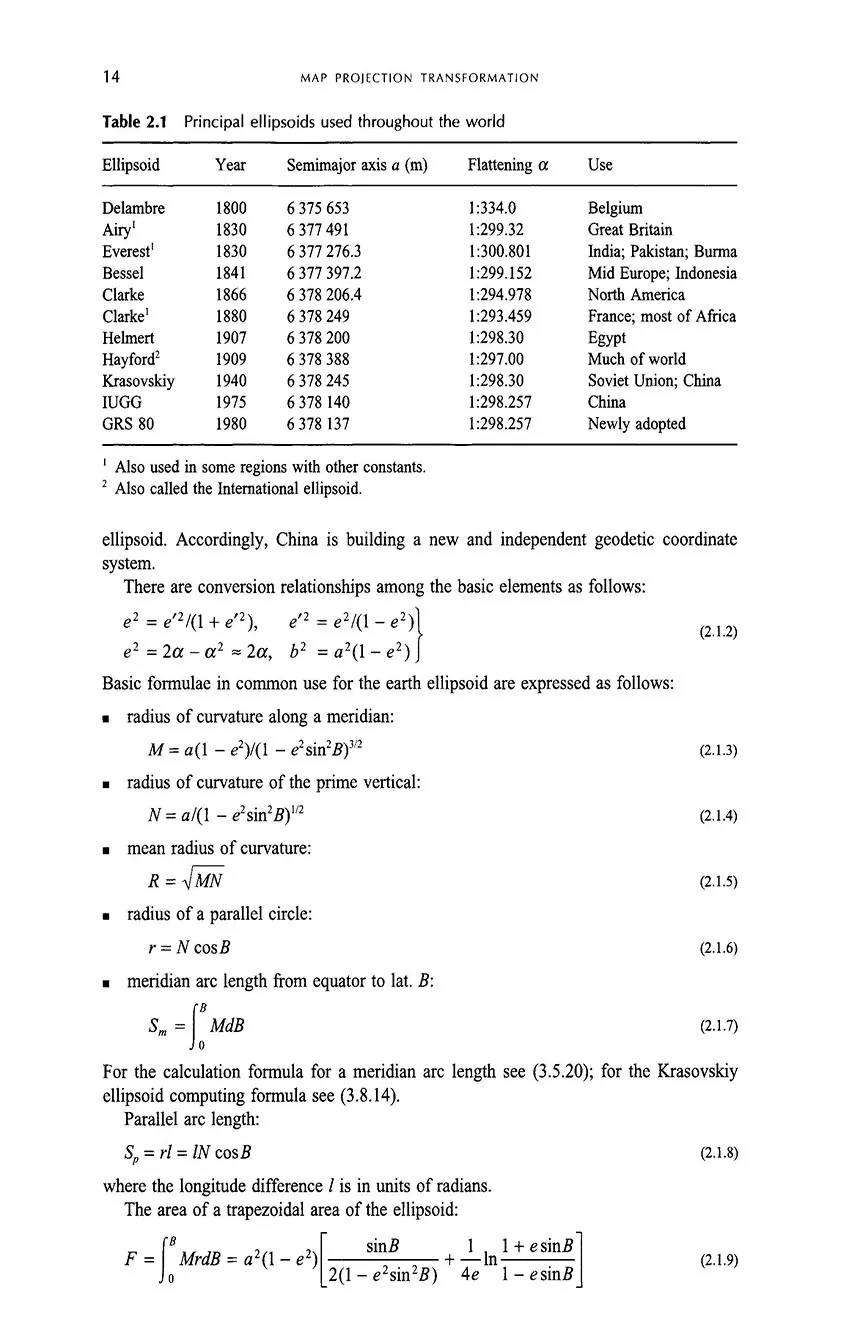

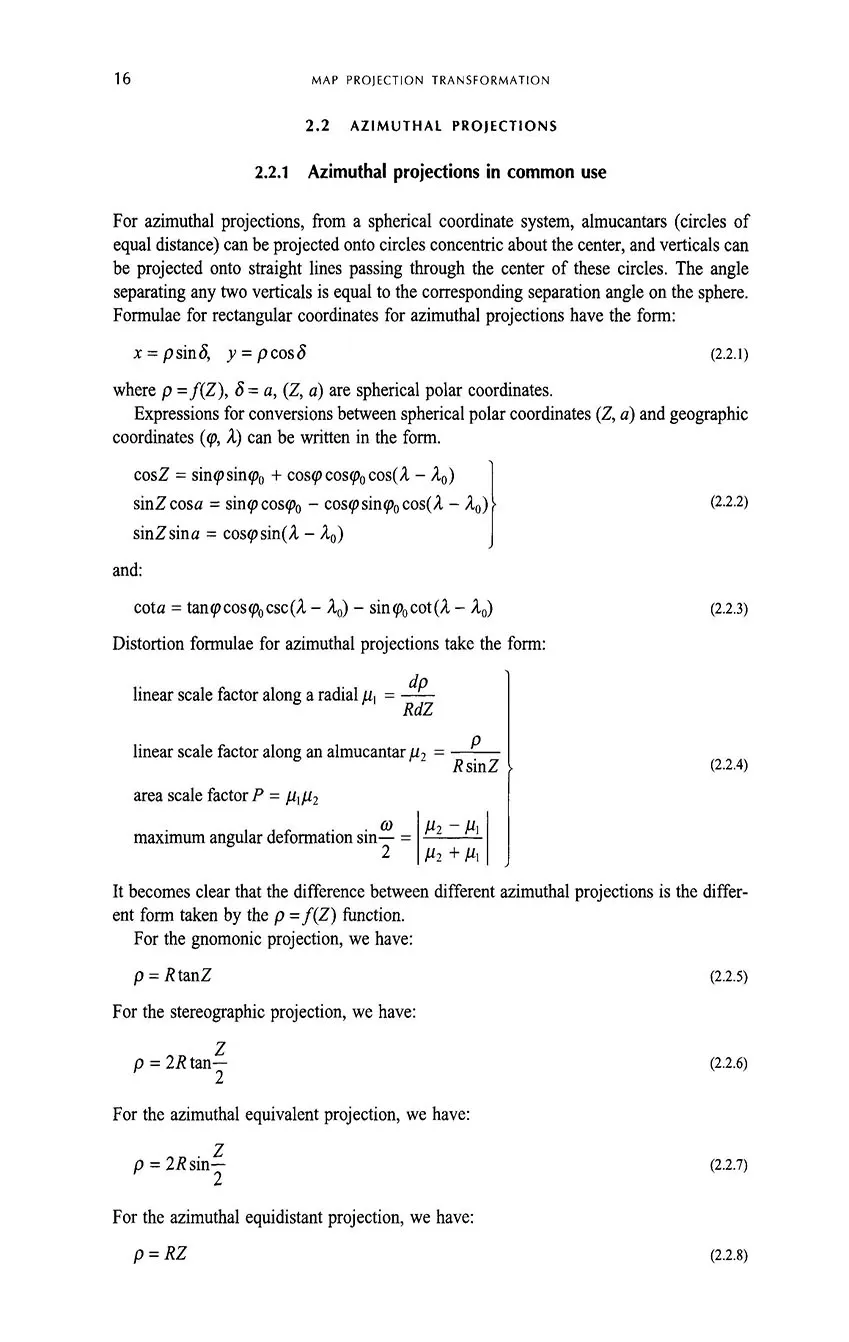
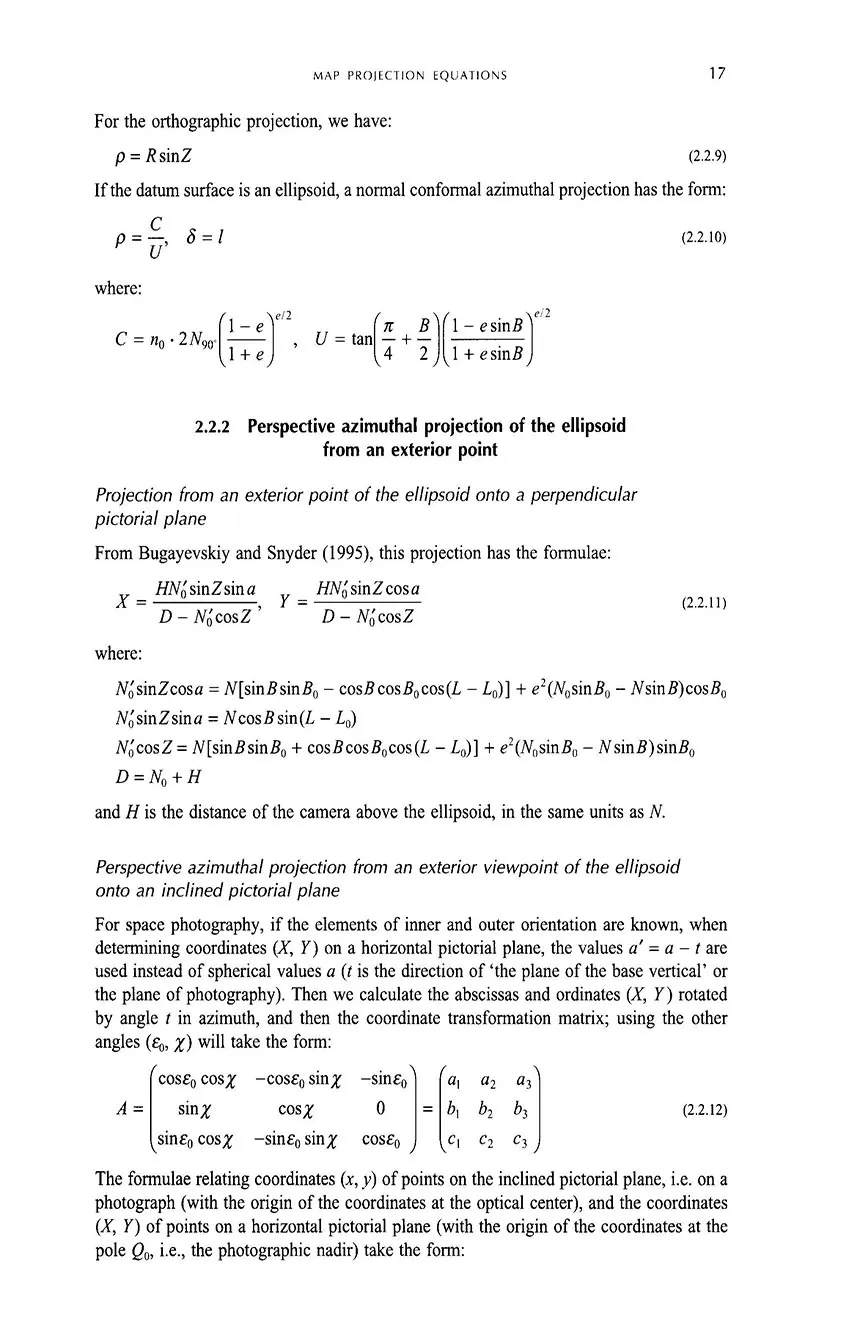
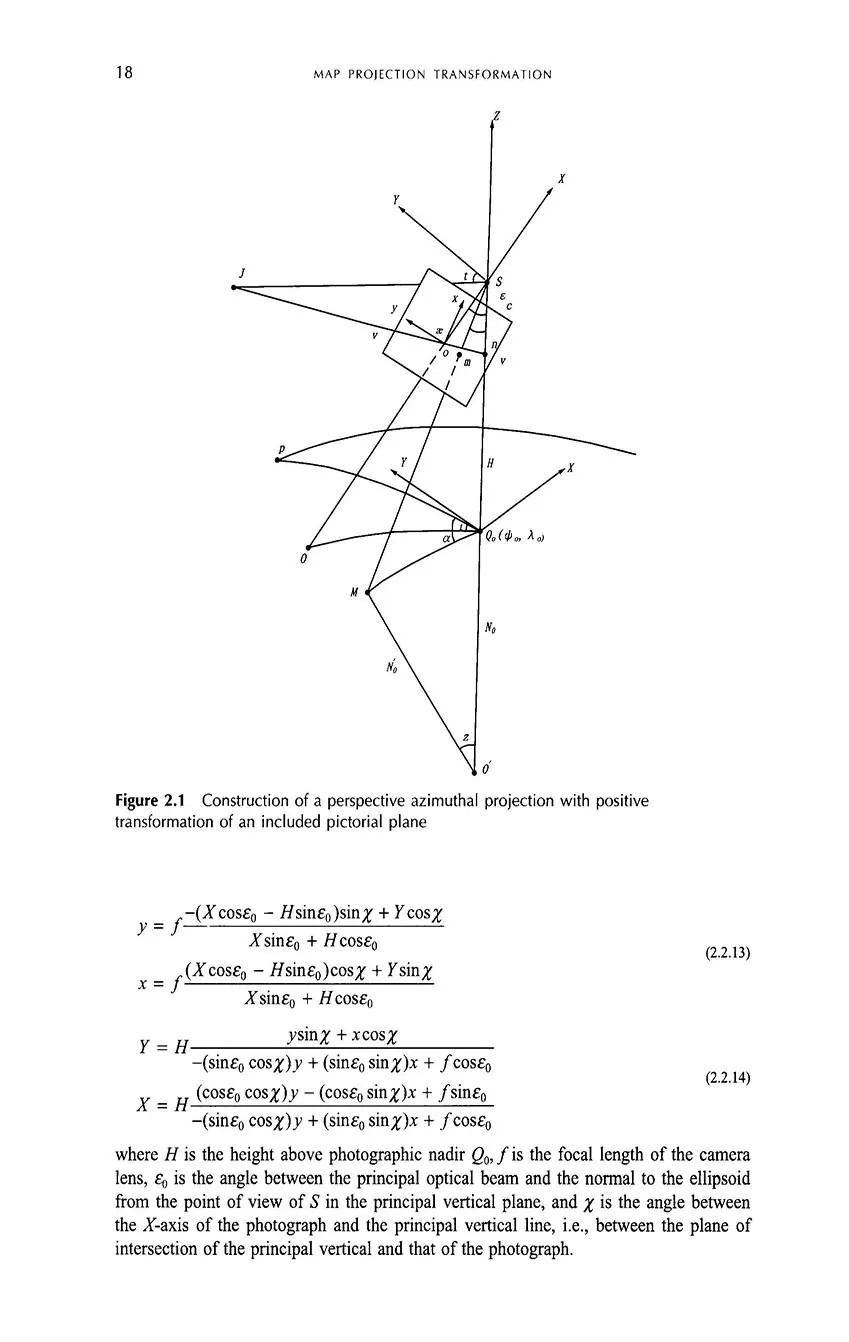
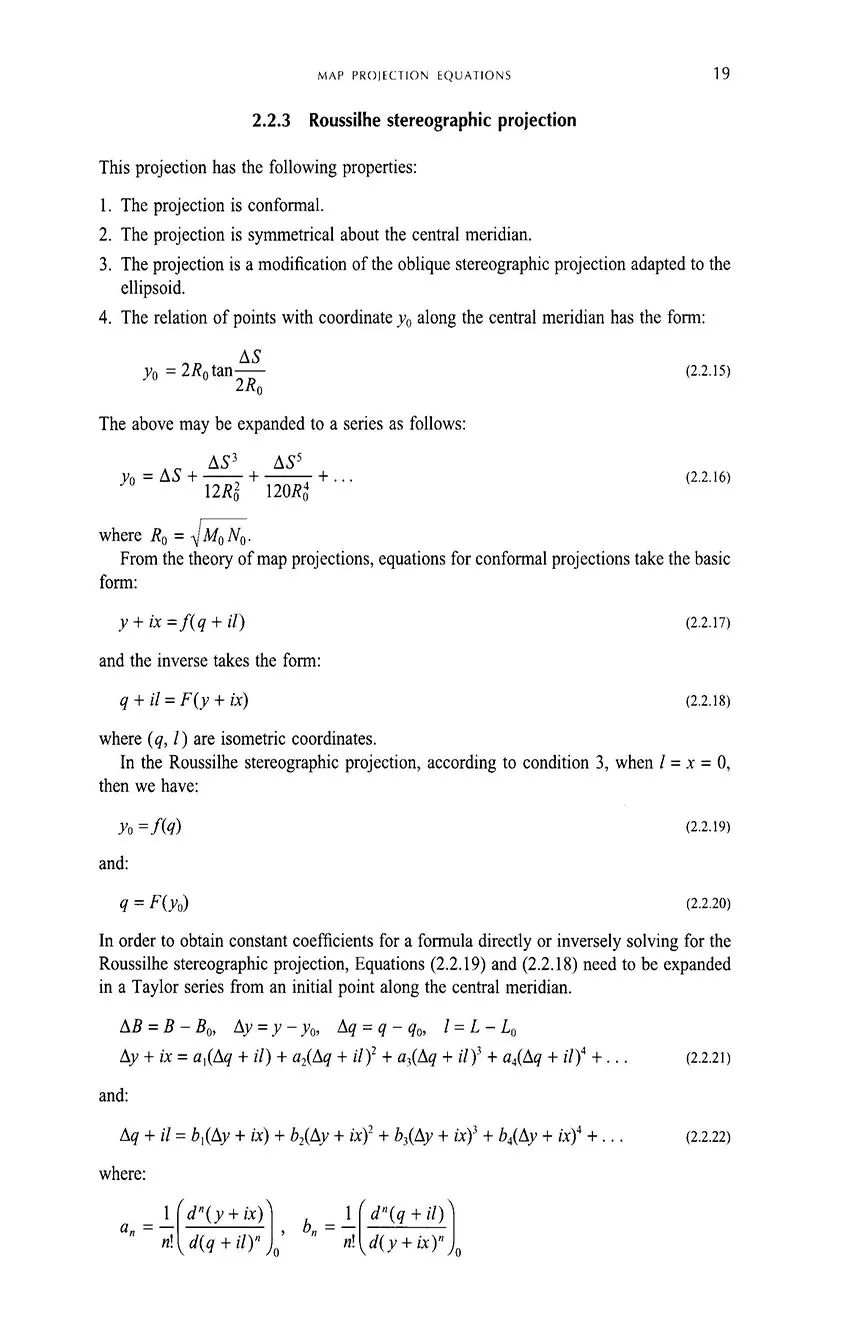
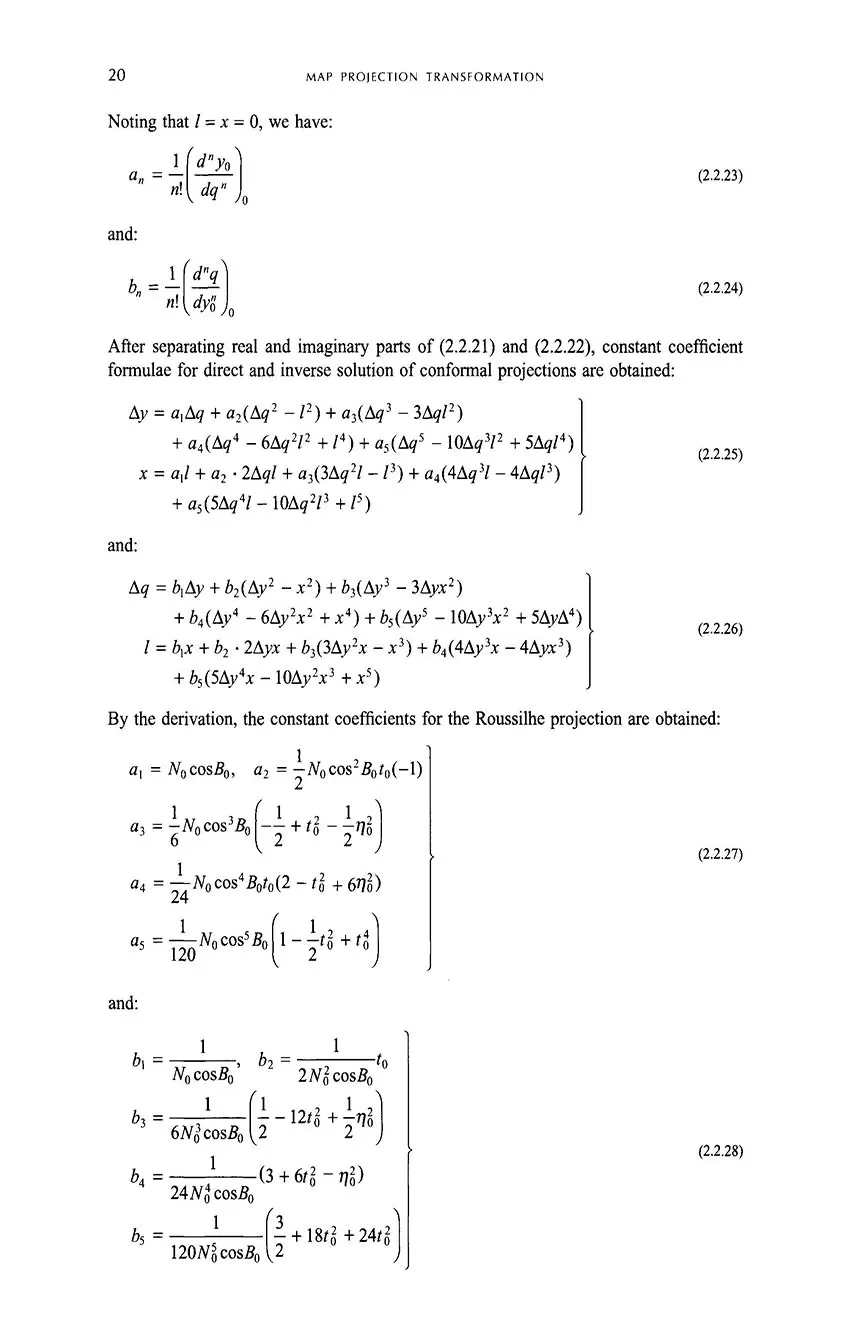
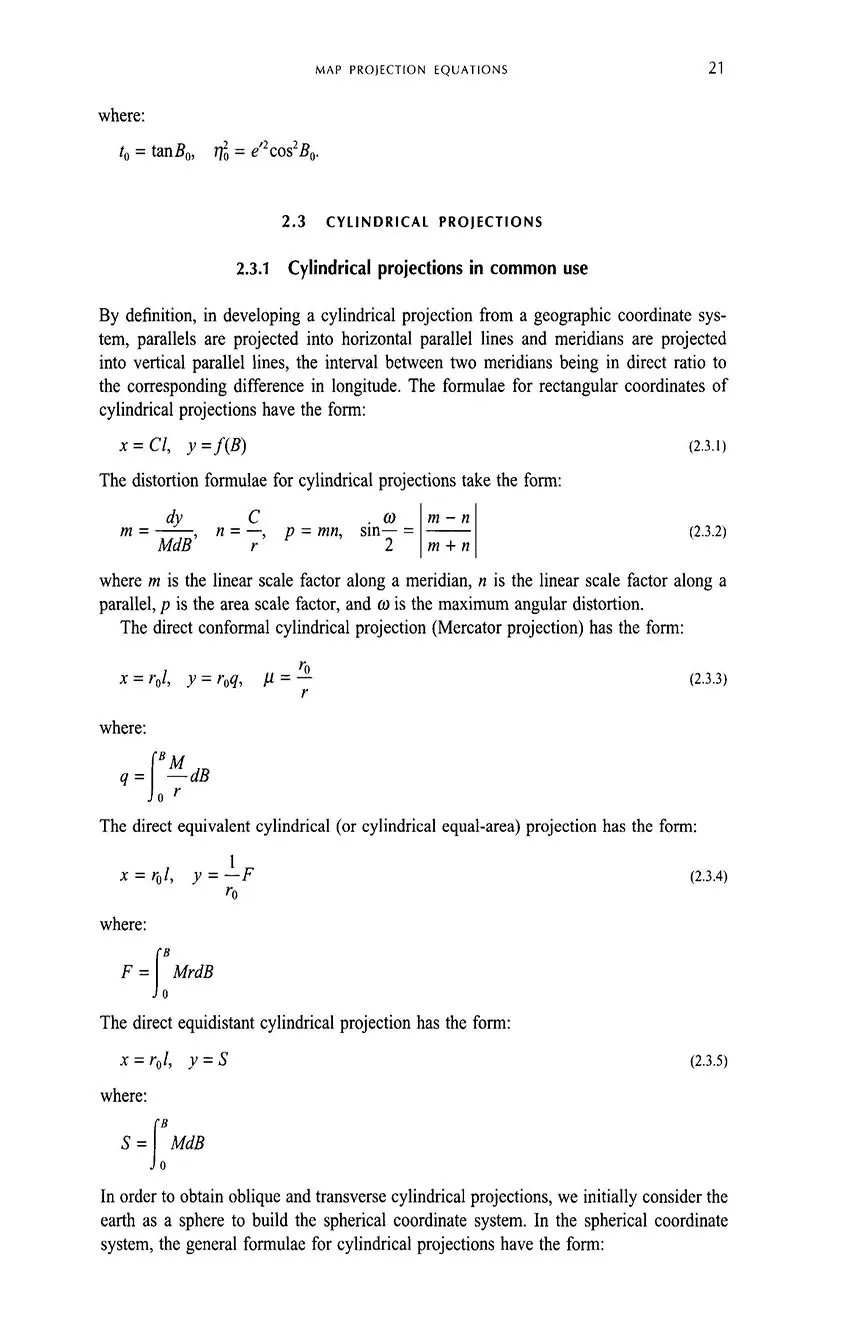

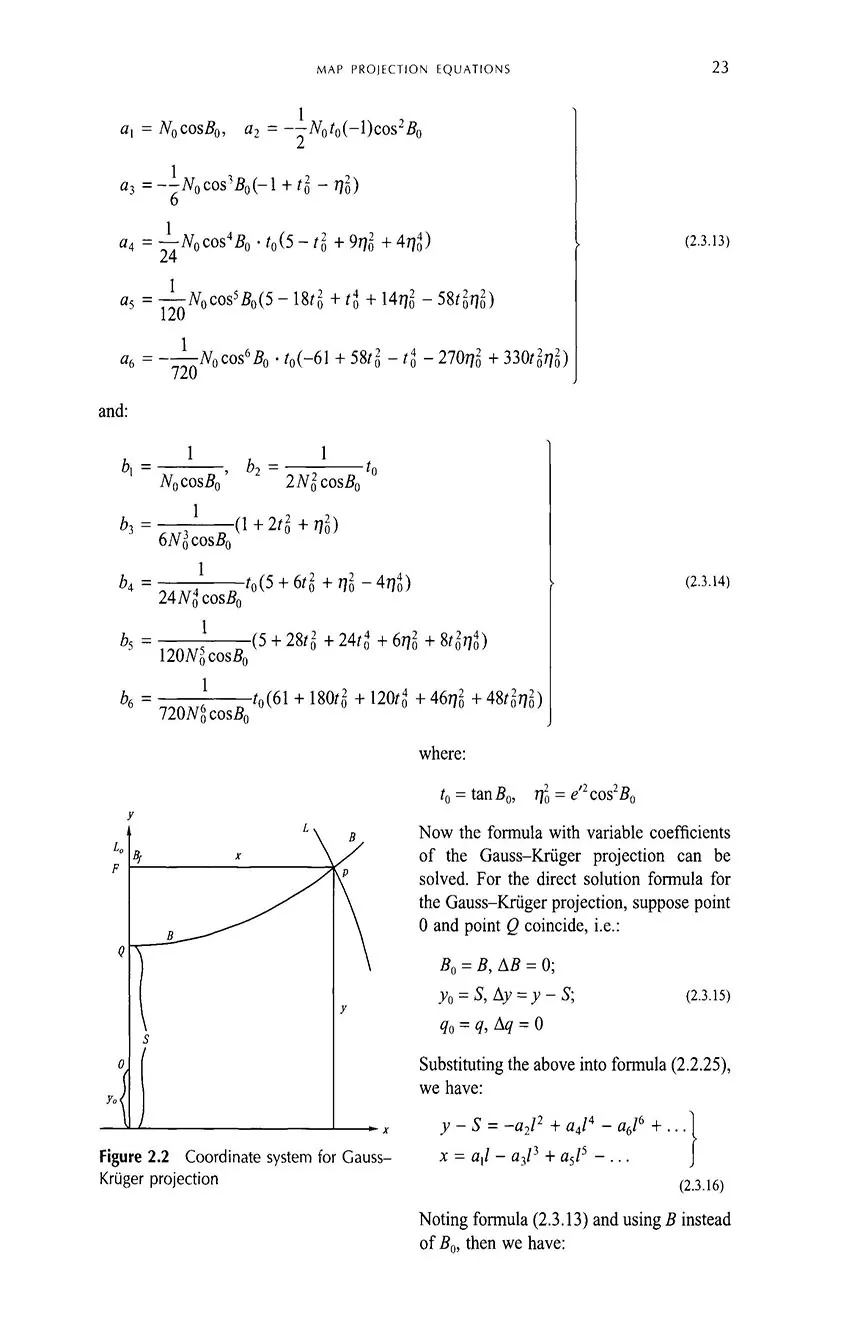
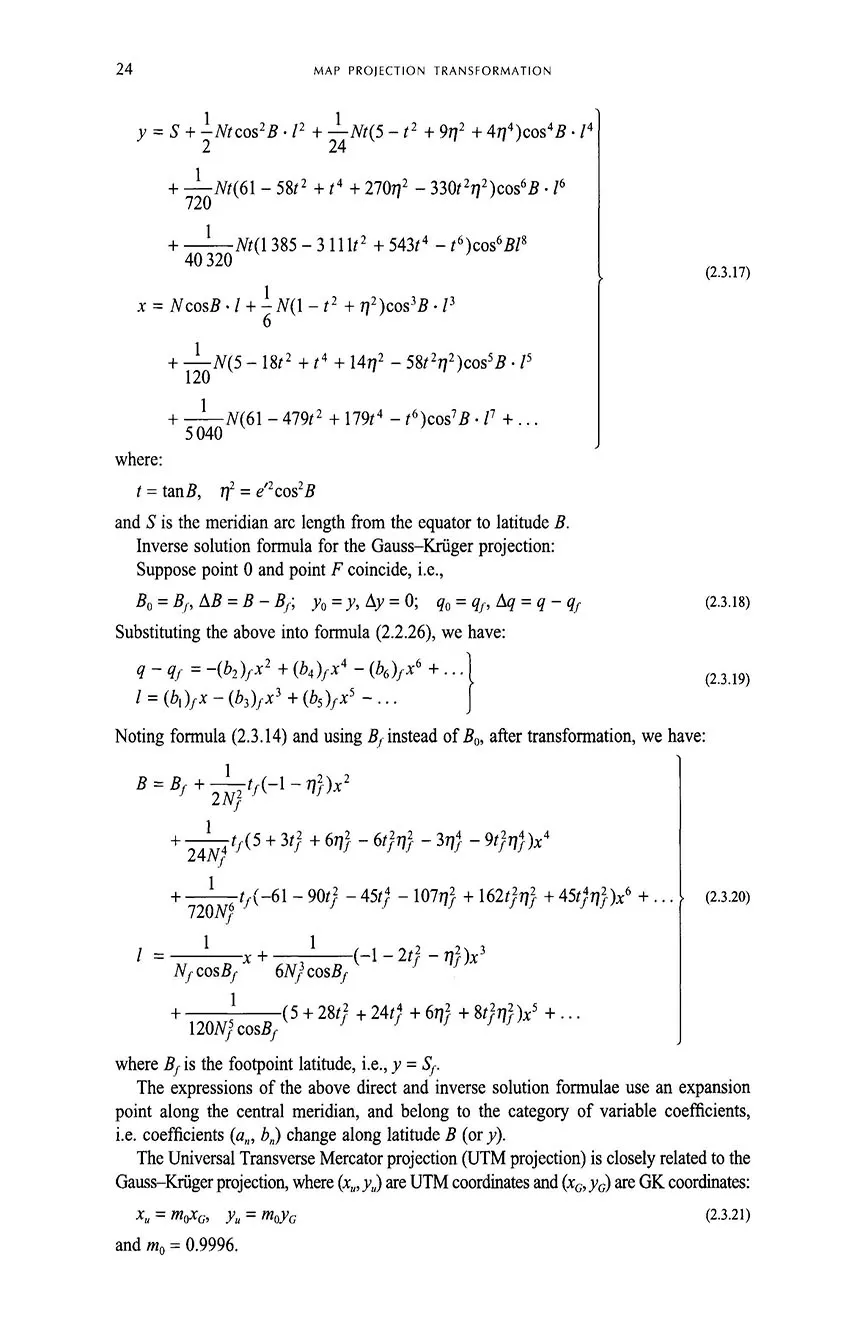
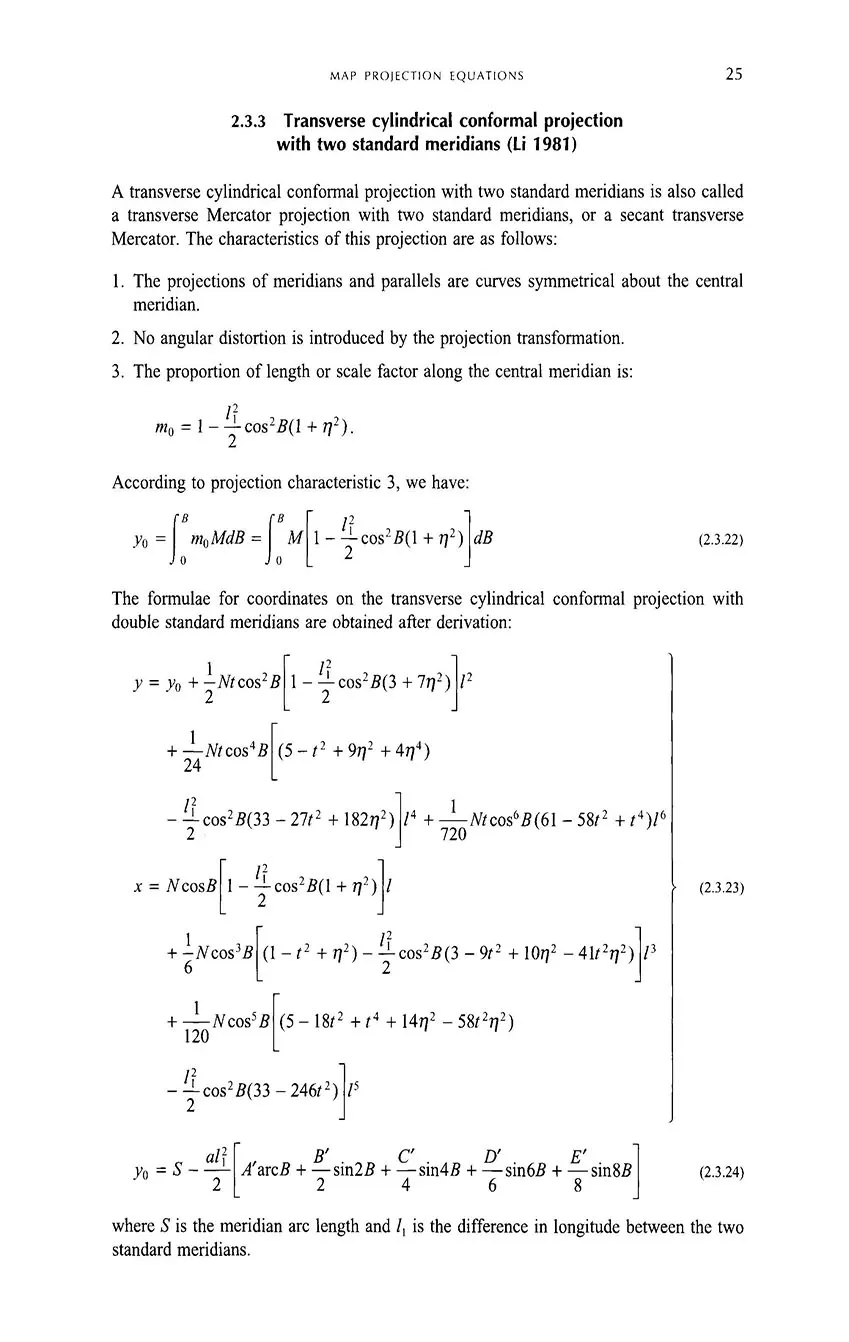





Table of contents
- Cover
- Half Title
- Title Page
- Copyright Page
- Contents
- Symbols
- Preface
- Introduction
- 1 Fifty Years' Advancement of Map Projection Study in China
- 1.2 General theory of map projection
- 1.3 Exploration of new types of map projection
- 1.4 Selection of map projection and its application
- 1.5 Theory and application of map projection transformation
- 1.6 Continuous development of new research and applications to the field of map projection
- 2 Map Projection Equations
- 2.1 Earth ellipsoid and sphere
- 2.2 Azimuthal projections
- 2.3 Cylindrical projections
- 2.4 Conic projections
- 2.5 Pseudoazimuthal projections
- 2.6 Pseudocylindrical projections
- 2.7 Pseudoconical projections
- 2.8 Polyconical projections
- 2.9 Other types of projections
- 2.10 Projection from the ellipsoid to the sphere
- 2.11 Space map projection
- 2.12 Chinese topographic maps
- 3 General Theory of Map Projection Transformation
- 3.1 Research objectives and basic methods
- 3.2 Equations for map projection transformation
- 3.3 Plane feature transformation
- 3.4 Coordinate systems on the surfaces of the ellipsoid and sphere
- 3.5 Three kinds of latitude functions q, S, F on the surface of the ellipsoid
- 3.6 Inverse transformation of q, S, F- iteration method
- 3.7 Inverse transformation of q, S, F- trigonometric series method with constant coefficients
- 3.8 Inverse transformation of q, S, F- Taylor series method with varied coefficients
- 3.9 Inverse transformation of q, S, F- numerical methods
- 3.10 Transformation formulae among six kinds of latitudes
- 3.11 Commonly used power series in map projection transformation
- 4 Analytical Transformation
- 4.1 Azimuthal projection
- 4.2 Cylindrical projection
- 4.3 Conic projection
- 4.4 Transformation among azimuthal, cylindrical and conic projections
- 4.5 Pseudoazimuthal, pseudocylindrical and pseudoconic projections
- 4.6 Polyconic projection
- 4.7 Double projection
- 5 Analytical Transformation for Conformal Projection
- 5.1 General model for conformal projection transformation
- 5.2 Direct transformation between two conformal projections
- 5.3 Direct transformation of conformal projections
- 5.4 Inverse transformation of conformal projections
- 5.5 Conformal oblique cylindrical and oblique conic projections
- 6 Numerical Transformation
- 6.1 General polynomial approximations
- 6.2 Refining parallels and meridians
- 6.3 Orthogonal polynomial approximation
- 6.4 Accuracy considerations in numerical transformation
- 7 Numerical Transformation for Conformal Projection
- 7.1 Conformal polynomial approximation
- 7.2 Interpolation
- 7.3 Difference method
- 7.4 Finite element method
- 8 The Third Type of Coordinate Transformation
- 8.1 Principle and applications
- 8.2 Transverse Mercator (or Gauss-Krüger) projection
- 8.3 Conformal projections
- 8.4 Linear interpolation
- 8.5 Spherical coordinates
- 9 Zone Transformation for the Transverse Mercator(Gauss-Krüger) Projection
- 9.2 Indirect transformation
- 9.3 Direct transformation
- 9.4 Plane coordinate network transformation between adjacent zones
- 9.5 Application of double projection
- 10 New Map Projections
- 10.1 Affine transformation of equal-area projections and seeking of modified equal-area projections (Yang 1992)
- 10.2 Linear transformation of the gnomonic projection and seeking the double-azimuthal projection (Yang 1990b)
- 11 Variable-scale Map Projections
- 11.1 Variable-scale projections
- 11.2 Composite projections
- 12 Position Lines
- 12.1 Types of position lines and their projection
- 12.2 Determining the position of a target
- 13 Spatial Information Positioning Systems
- 13.2 Mapping and image positioning system
- 13.3 Registration model (map projection system)
- 13.4 Data processing of a digital map
- 13.5 Automatically setting up map mathematical foundation
- Appendices
- Appendix 1 Inverse Transformation of Algebraic Series
- Appendix 2 Constant Coefficient Tables of Zone Transformation for the Gauss-Krüger Projection
- Appendix 3 Examples of Numerical Transformation
- Appendix 4 Transformation for the Mathematical Elements of Topographic Maps
- Appendix 5 The Position Line and Position Navigation Software System
- Appendix 6 Bibliography of Chinese Literature on Map Projections and Other References
- Index